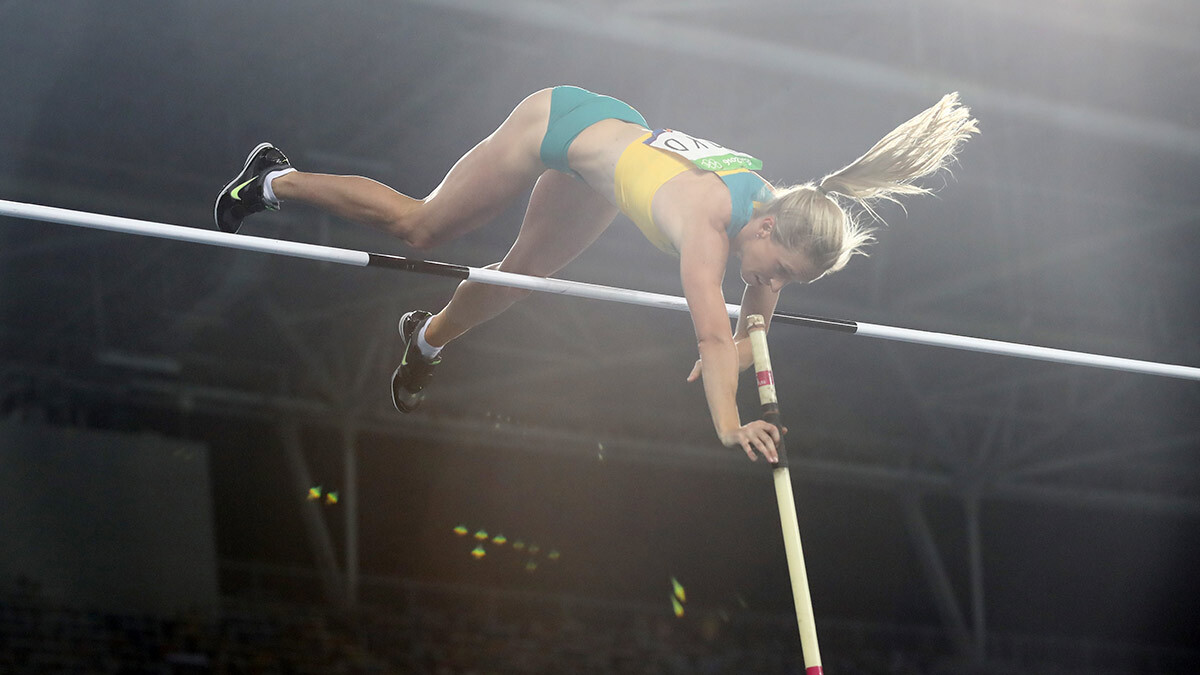Excitement builds around SOR’s self-charging battery tech after another big power uplift

Strategic Elements’ research time is developing a competitive advantage in what is already a multi-billion dollar global market. (Image: Getty)
Special Report: SOR’s research time is developing a competitive advantage in what is already a multi-billion dollar global market.
Venture tech company Strategic Elements (ASX:SOR) continues to find strong momentum with the development of its self-charging battery technology.
The company announced today that its research team has successfully launched a prototype battery pack, which generated output in excess of 4V over a period of more than five hours.
The battery tech generates power from humidity in the air, resulting in a solution which is less costly and doesn’t need to be recharged.
And scaling up the technology gives SOR a key first-mover advantage in battery technology for wearable devices and the Internet of Things (IoT) – two multi-billion-dollar global markets.
The market for electric skin patch wearable technology devices alone is expected to climb to $US40bn by 2030, SOR said.
Today’s announcement follows another key project milestone, when SOR said its research team had successfully manufactured a 1-litre batch of Battery Ink with the capacity to produce 2,000 battery cells.
The battery pack was comprised of five battery ink cells 1cm x 1cm in area, which each weight less than a few milligrams and are thinner than a human hair.
Testing was carried out in a chamber with 75 per cent humidity, where the battery pack achieved a maximum open-circuit voltage output of 4.4V.
Humidity levels were subsequently reduced to 55 per cent, with voltage remaining above 4V the entire time (human skin typically generates elevated levels of humidity to 90 per cent).
“The voltage output showed no sign of degradation over the testing period,” SOR said.
In addition, the research team proved out the adaptability of the technology by turning humidity levels down to just one per cent. (For context, a desert climate has humidity levels of around 20 per cent).
At those levels, as expected the battery pack generated voltage of 0.17V, before immediately returning to its peak voltage once humidity was reintroduced.
The company has now lodged an additional patent application to give it IP control over key aspects of the project in the wake of the latest product development enhancements.
SOR said the technology has important competitive advantages over traditional batteries that “suffer from flexibility, dimension, weight and/or safety issues whilst needing a constant power supply or to be charged”.
Looking ahead, the research team will turn its focus to the production of even smaller battery cells which can still produce the same level of power output.
The development of battery ink cells that are capable of being fabricated onto flexible textile material has also commenced.
Lead researcher Dewei Chu, a professor at UNSW, said the battery ink project is now “developing promisingly as an electrical generator battery technology”.
SOR managing director Charles Murphy added that in light of the strong momentum, the company is devoting more resources to the battery ink tech platform, including the formation of a panel of industry specialists.
“The technology sits across two of the strongest 2021 investment sectors in batteries and environmental technologies and is a very good fit for our high-risk, high reward Pooled Development Fund structure,” Murphy said.
This article was developed in collaboration with Strategic Elements, a Stockhead advertiser at the time of publishing.
This article does not constitute financial product advice. You should consider obtaining independent advice before making any financial decisions.
Related Topics
UNLOCK INSIGHTS
Discover the untold stories of emerging ASX stocks.
Daily news and expert analysis, it's free to subscribe.
By proceeding, you confirm you understand that we handle personal information in accordance with our Privacy Policy.








